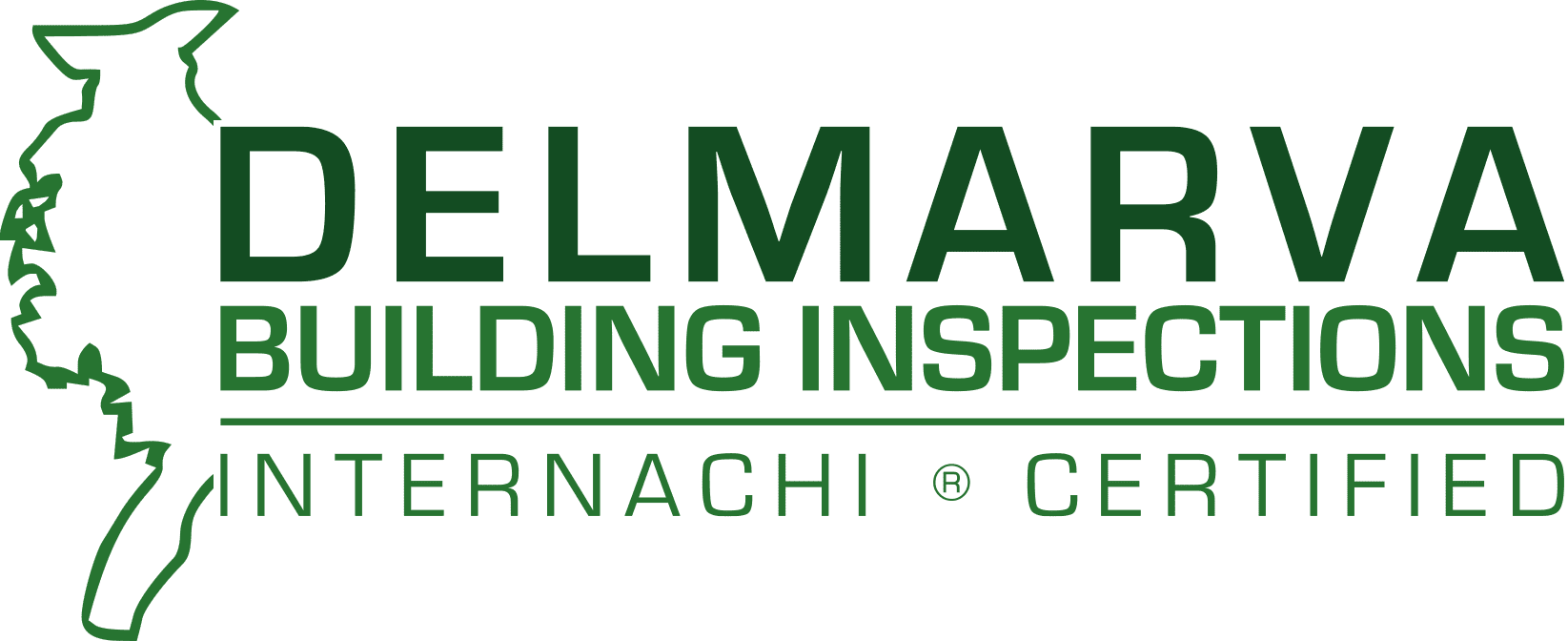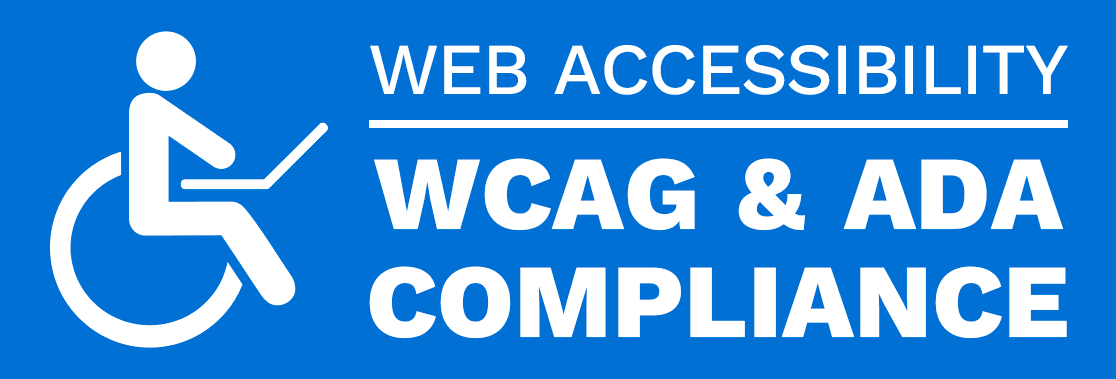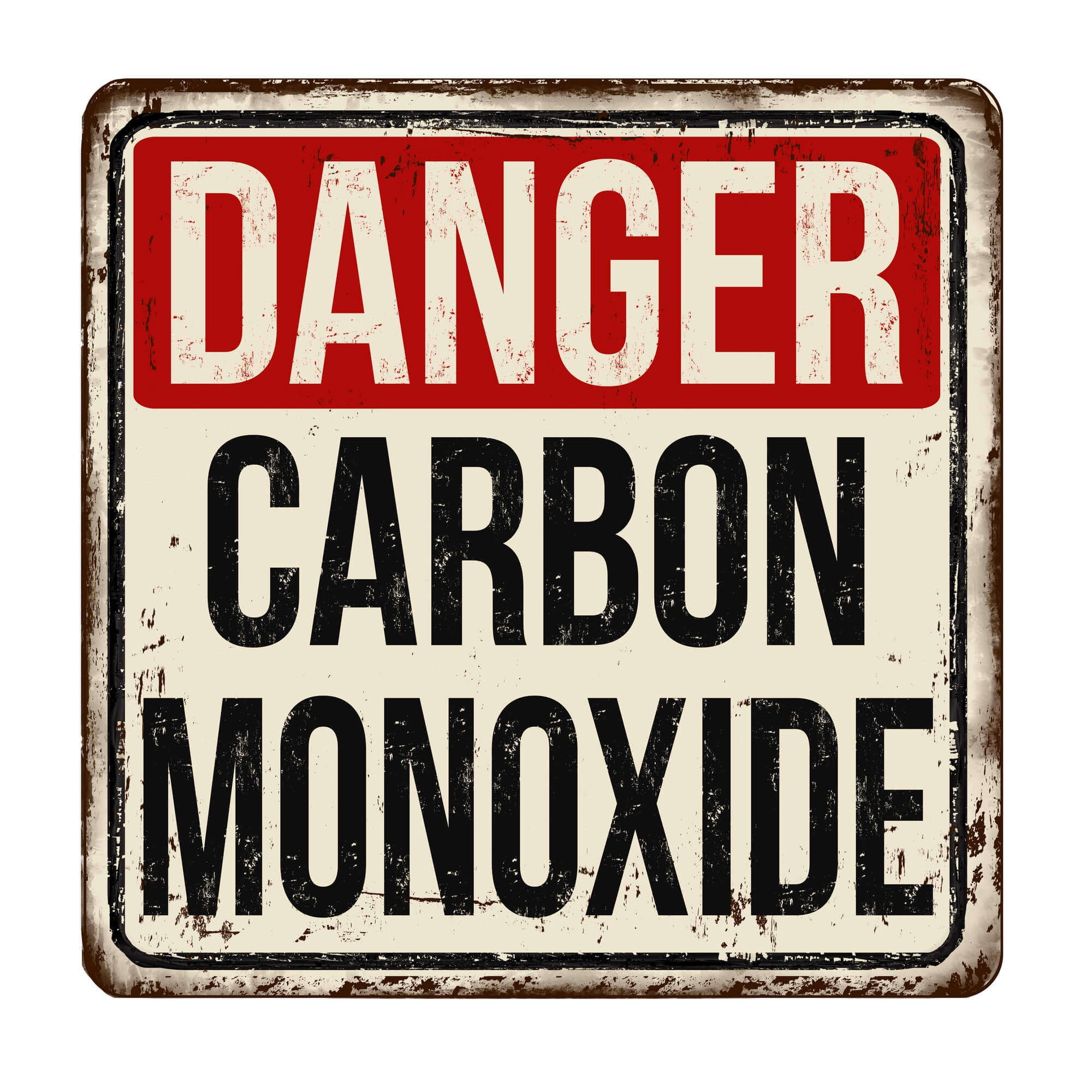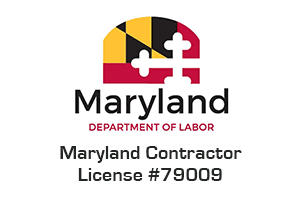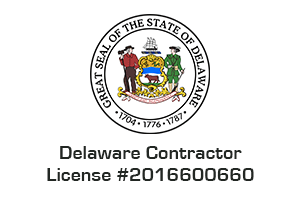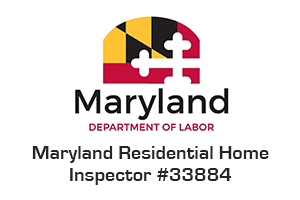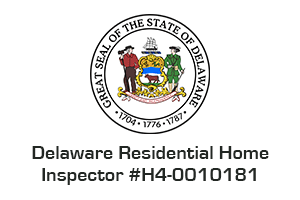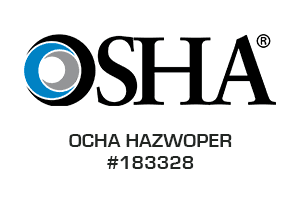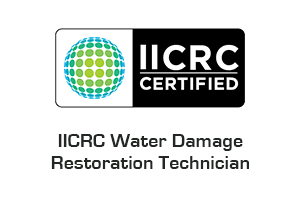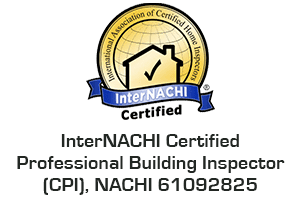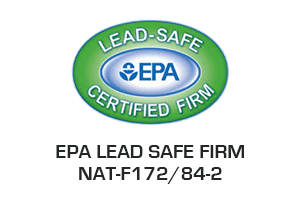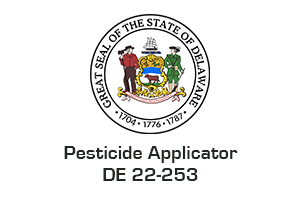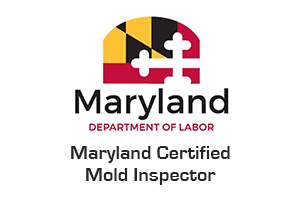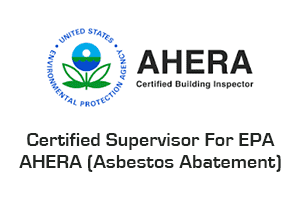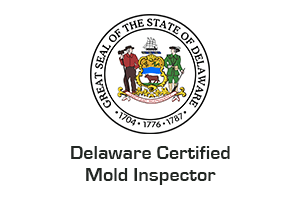Carbon monoxide (CO) is a colorless, odorless, and tasteless gas composed of one carbon atom and one oxygen atom. Its formation occurs by the incomplete combustion of carbon-containing substances, such as gasoline, natural gas, coal, or wood. CO is highly toxic and can be harmful or even fatal when inhaled.
Carbon monoxide has a strong affinity for hemoglobin in red blood cells, binding to it much more readily than oxygen. Therefore, when inhaled, it enters the bloodstream and attaches to hemoglobin, reducing the blood’s ability to carry oxygen. This can lead to a condition called CO poisoning.
Symptoms of carbon monoxide poisoning can vary depending on the concentration and duration of exposure. Mild symptoms include headache, dizziness, nausea, and confusion. Higher levels of exposure can result in more severe symptoms such as chest pain, difficulty breathing, loss of consciousness, and, ultimately, death.
Learn How To Detect Or Prevent Carbon Monoxide Buildup
Call a specialist to detect and prevent CO buildup in indoor environments, as faulty heating systems, stoves, fireplaces, or other fuel-burning appliances can produce it. Therefore, a homeowner or handyman can install carbon monoxide detectors in homes and workplaces to provide an early warning if levels become dangerous.
If CO poisoning is suspected, leaving the area immediately and seeking fresh air is critical. In addition, emergency medical attention should be sought for anyone showing symptoms of CO poisoning. Treatment typically involves administering 100% oxygen to the affected person to help remove the carbon monoxide from their bloodstream.
Your property Inspector will inspect for CO Detectors
Some Facts Regarding Carbon Monoxide
- Between 2001 and 2003, carbon monoxide poisoning claimed the lives of 480 Americans.
- The majority of CO exposures happen in the winter, particularly in December (56 fatalities and 2,157 non-fatal exposures) and January (69 fatalities and 2,511 non-fatal exposures).
- CO exposure peaks during the day between 6 and 10 p.m.
- The prevalence of CO poisoning may be understated, according to several experts. You may find that a considerable number of moderate to mid-level exposures may never get discovered, diagnosed, or taken into account in CO statistics because the symptoms of CO poisoning match various common health conditions.
- Nine out of 10 non-fire carbon monoxide cases, or 89 percent, happen in the home.
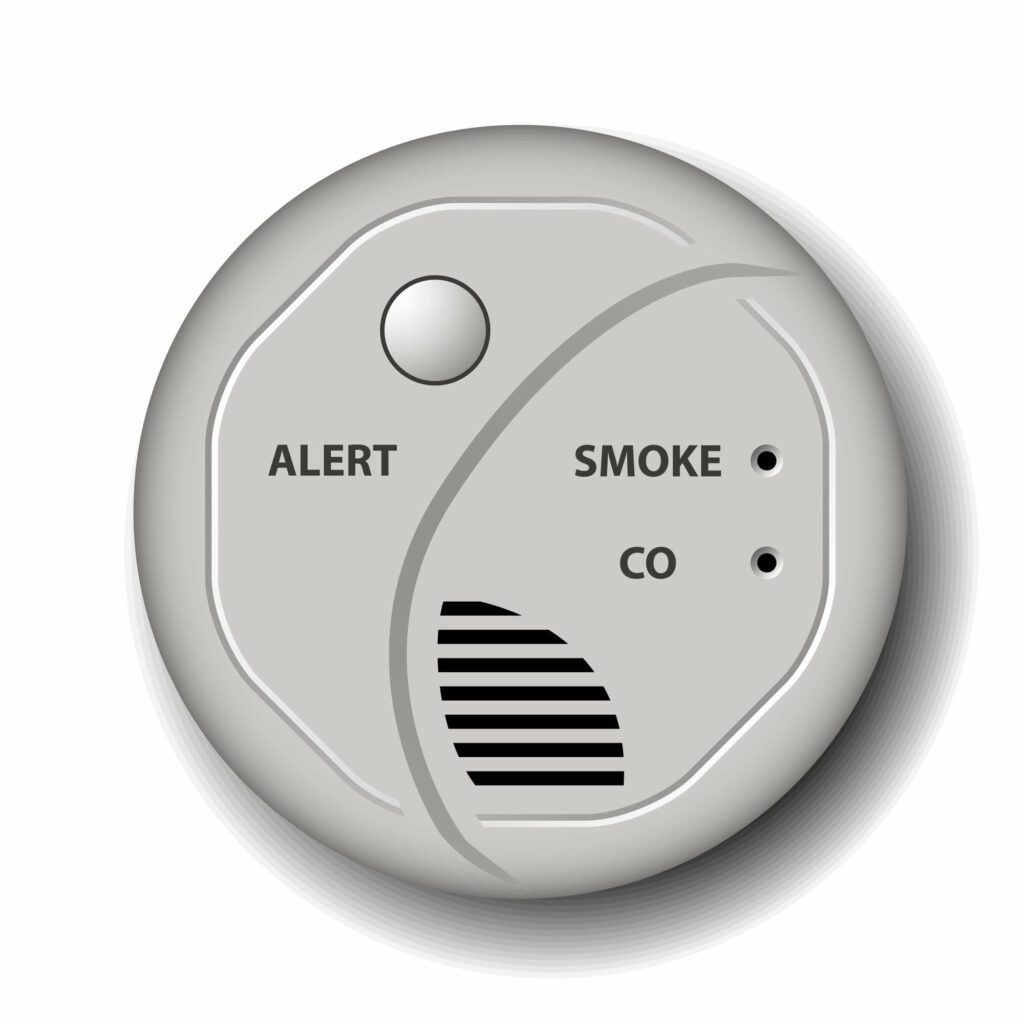
What Are Some of the Likely Sources of Carbon Monoxide?
Various sources, both natural and manufactured, can produce carbon monoxide. Here are some common potential sources of CO:
Vehicle exhaust:
The exhaust fumes from cars, trucks, motorcycles, and other motor vehicles contain carbon monoxide. Therefore, avoiding running vehicles in enclosed spaces such as garages, as CO can build up and pose a serious health risk.
Fuel-burning appliances:
Appliances that burn fuels such as natural gas, propane, oil, or coal can produce CO if not properly vented or maintained. Examples include gas furnaces, water heaters, stoves, ovens, fireplaces, and wood-burning stoves. Ensuring these appliances are inspected regularly and installed correctly is crucial to prevent carbon monoxide leaks.
Generators and portable heaters:
Portable generators and fuel-powered heaters, such as those used during power outages or camping, can release carbon monoxide if not operated in well-ventilated areas. Therefore, these devices should never be used indoors or in enclosed spaces.
Tobacco smoke:
Cigarette smoke contains carbon monoxide, along with other harmful chemicals. Therefore, smoking indoors can increase carbon monoxide levels and affect the health of both smokers and non-smokers.
Industrial processes:
Industrial activities, such as metal processing, chemical manufacturing, and fuel refining, can produce CO emissions. Proper ventilation and emission control measures are necessary to minimize exposure in these settings.
Blocked chimneys or vents:
If chimneys, flues, or vents become blocked or damaged, it can cause a buildup of carbon monoxide indoors. Therefore, regular inspection and maintenance of these ventilation systems are important to prevent such issues.
Burning fuels in enclosed spaces:
Burning charcoal, gasoline, kerosene, or propane indoors or in poorly ventilated areas can lead to dangerous levels of carbon monoxide. This includes using grills, camping stoves, or lanterns indoors.
Be aware of these potential sources and take necessary precautions to prevent CO poisoning. Installing carbon monoxide detectors in appropriate locations is highly recommended to provide early warning in case of elevated levels.
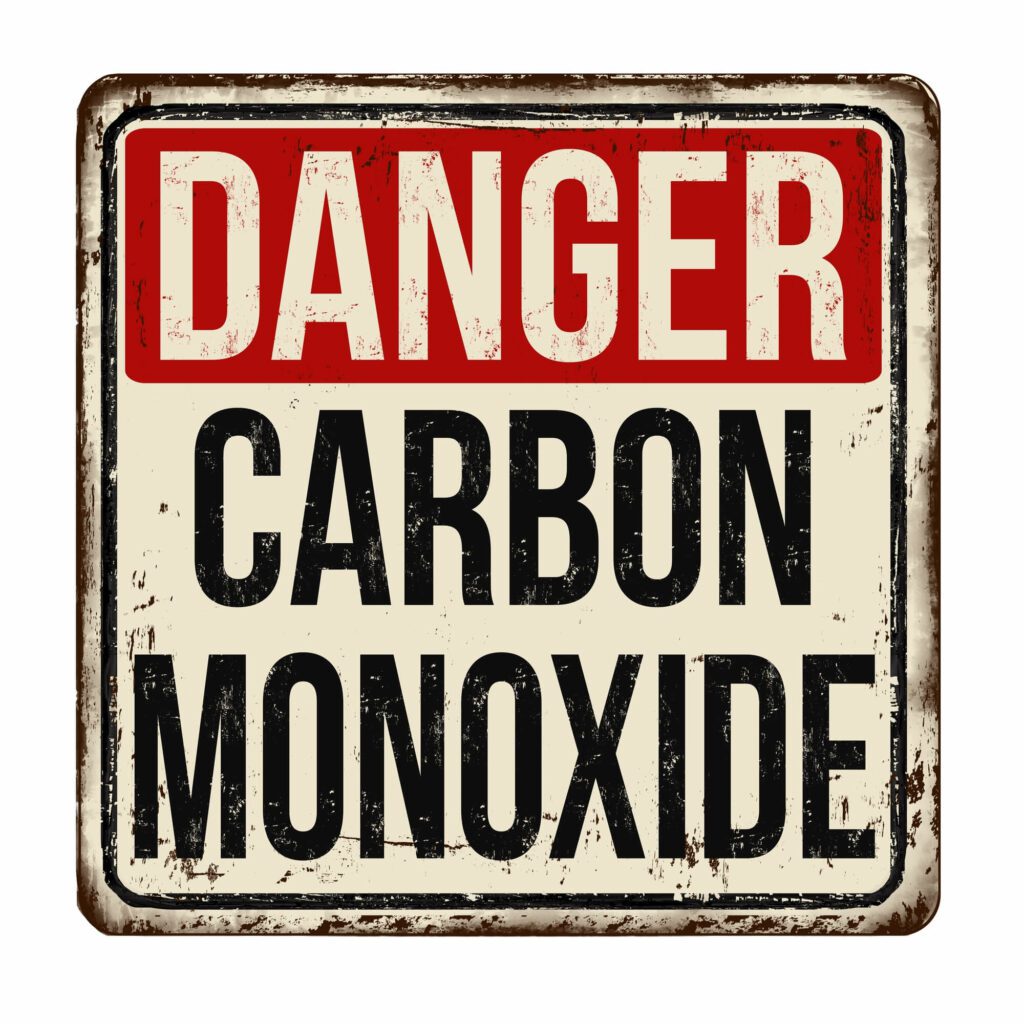
Where Do I Place Carbon Monoxide (CO) Detectors?
Yes, it’s highly recommended to place CO detectors in your home or workplace for safety. CO detectors detect the presence of carbon monoxide gas in the air and alert you if levels become dangerous.
Here are some guidelines for placing CO detectors effectively:
Install detectors near sleeping areas: Place a CO detector near each bedroom or sleeping area in your home. Since people are often asleep during the early stages of carbon monoxide poisoning when symptoms may not be noticeable, having a detector near bedrooms can provide early warning.
Install on every level of your home:
Having a CO detector on every level of your home, including the basement, is advisable. Carbon monoxide can distribute throughout the house, so having detectors on multiple levels ensures comprehensive coverage.
Place detectors in close proximity to potential sources: Install detectors near fuel-burning appliances such as gas furnaces, water heaters, fireplaces, stoves, and attached garages. This helps to detect any leaks or malfunctions from these specific sources.
Consider additional placement:
If you have multiple bedrooms or sleeping areas on the same level, we recommend installing detectors outside each area. Additionally, consider placing a detector near each system if your home has separate heating or cooling systems.
Follow the manufacturer’s instructions:
Read and follow the manufacturer’s guidelines and instructions for the specific CO detectors you purchase. They may provide specific recommendations for optimal placement and installation.
Remember that carbon monoxide detectors have a limited lifespan and should be replaced according to the manufacturer’s instructions or as indicated by the device. Regularly test the detectors to ensure they function correctly, and replace batteries as needed.
Proper Ventilation And Safety Guidelines Are Critical
While CO detectors are an essential safety measure, they do not replace the need for regular maintenance and inspection of fuel-burning appliances, chimneys, vents, and other potential sources of CO. In addition, proper ventilation, regular servicing, and adherence to safety guidelines prevent carbon monoxide leaks and protect against exposure.
Check with Delmarva Inspection Group For More Question About CO.
How can I prevent CO poisoning?
To prevent carbon monoxide (CO) poisoning, there are several important steps you can take:
- Install carbon monoxide detectors: Install CO detectors in your home or workplace following the earlier guidelines. Make sure to test the detectors and replace batteries as needed regularly. If a CO alarm goes off, immediately evacuate the area and seek fresh air.
- Maintain fuel-burning appliances: Regularly inspect and maintain fuel-burning appliances, such as furnaces, water heaters, stoves, fireplaces, and chimneys. Have them professionally serviced at least once a year to ensure they function properly and do not produce excessive amounts of carbon monoxide. Follow the manufacturer’s instructions for maintenance and cleaning.
- Proper ventilation: Ensure proper ventilation for all fuel-burning appliances and combustion sources. Never block vents or flues, and make sure that fresh air can circulate around appliances. Keep chimneys, flues, and exhaust vents clean and free from obstructions.
- Avoid indoor use of fuel-powered equipment: Do not use generators, camp stoves, fuel-powered heaters, or other fuel-burning equipment indoors or in enclosed spaces. Use them only in well-ventilated areas and follow the manufacturer’s instructions for safe usage.
- Never run vehicles in enclosed spaces: Avoid running vehicles, including cars, trucks, motorcycles, or any other motorized equipment, in enclosed spaces such as garages or basements. Even with the garage door open, carbon monoxide can build up to dangerous levels.
- Be cautious with alternative heating sources: If you use alternative heating sources such as wood-burning stoves or space heaters, install them correctly and follow safety guidelines. Maintain proper ventilation, keep flammable materials at a safe distance, and never leave these devices unattended.
- Quit smoking or smoke outside: Smoking indoors increases CO levels in your living environment. Quitting smoking is the best option, but if you smoke, do so outside and away from open windows or doors to prevent smoke and CO from entering the building.
- Educate yourself and others: Learn about the signs and symptoms of CO poisoning and share this knowledge with your family, friends, and coworkers. Be aware of the potential sources of carbon monoxide and the importance of prevention.
By following these preventive measures, you can significantly reduce the risk of carbon monoxide poisoning and ensure the safety of yourself and those around you.
